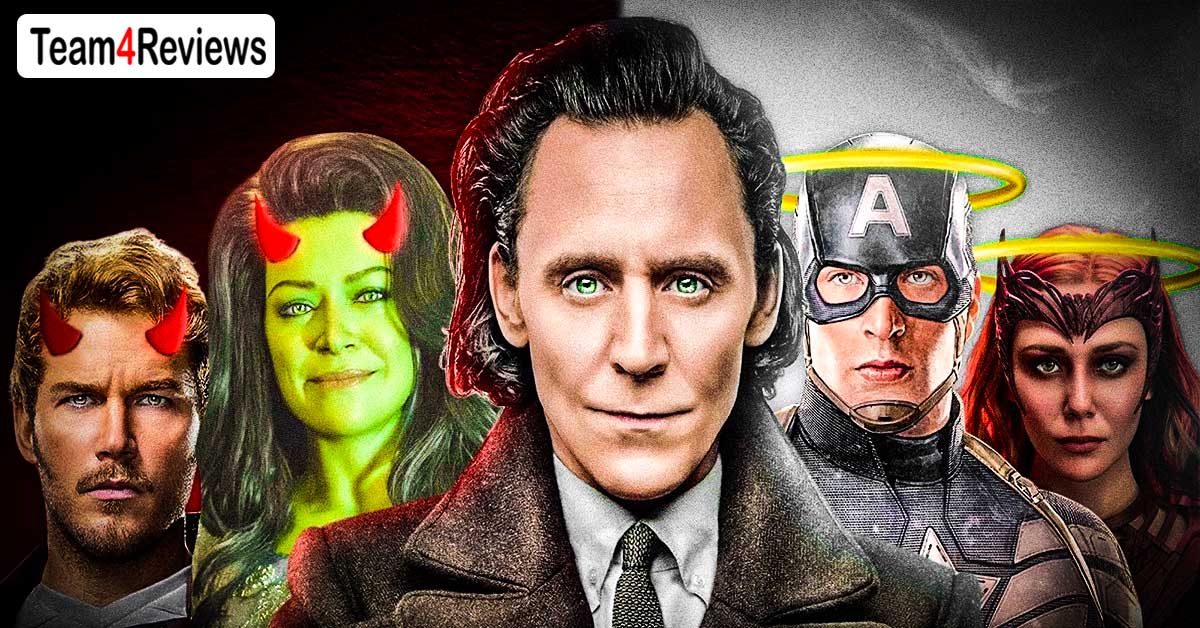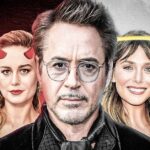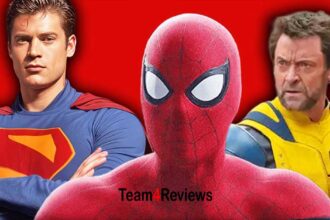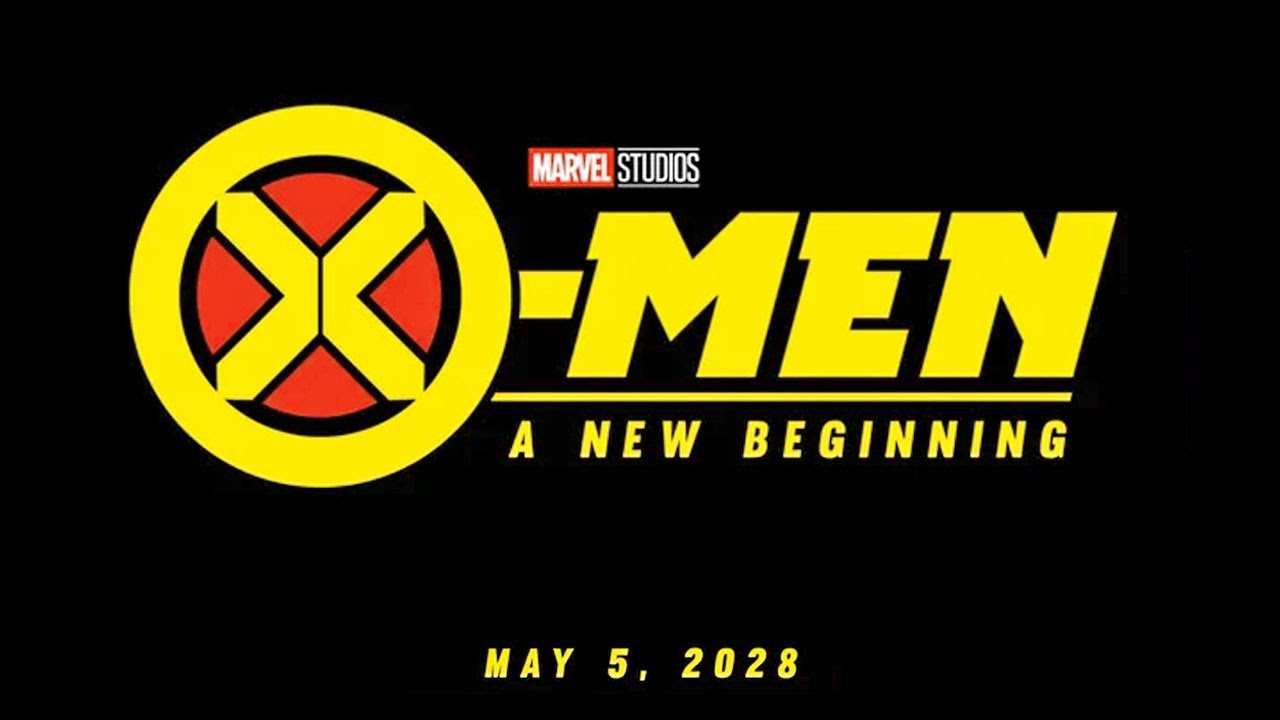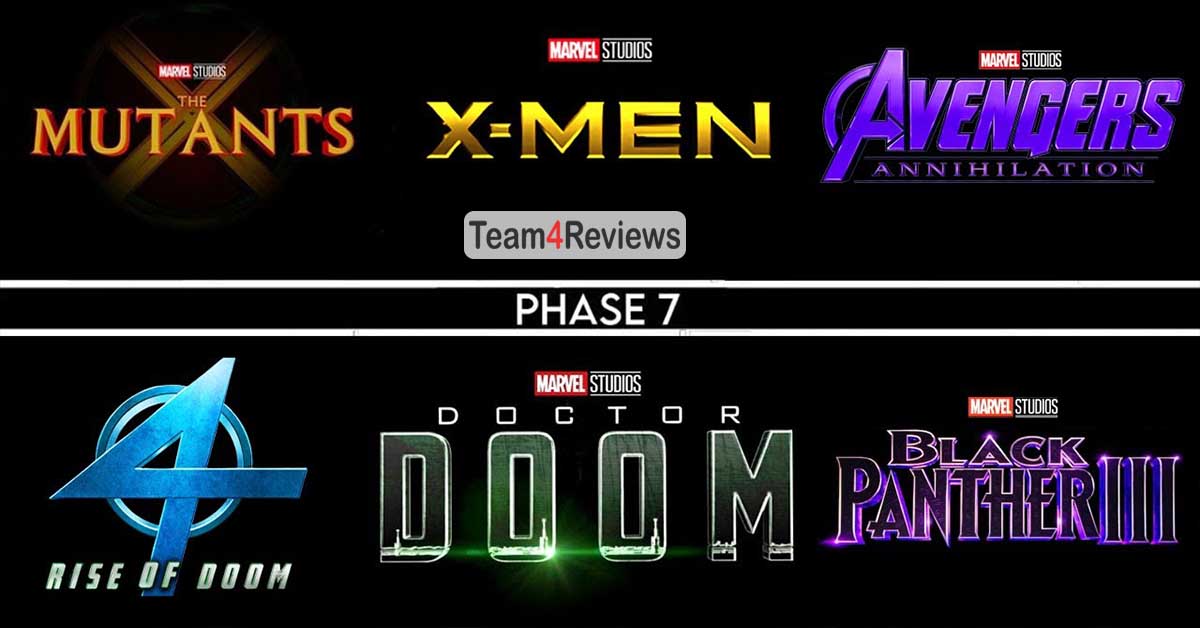For every beloved MCU character, there is also one who is hated by everyone. Starting with one of the most hated characters in the entire MCU, Peter Quill, aka Star-Lord. It’s wild how fast things change for this guy.
When Guardians of the Galaxy dropped, fans were obsessed. He was everything the MCU needed at the time. The dude was literally dancing through action scenes, cracking jokes, and blasting “Come and Get Your Love,” and it worked.
Quill made being a space outlaw cool again, and for a while, he had that underdog energy people loved. Fast forward to Avengers: Infinity War, and Quill goes from fan favorite to one of the most blamed characters in Marvel history. The Avengers and Guardians had Thanos on the ropes.
The fight was going their way. The gauntlet was almost off. Everyone was doing their part.
Iron Man, Spider-Man, Doctor Strange, Mantis, and Drax. It was actually working. And then Quill finds out Thanos killed Gamora, and instead of holding it together for literally five more seconds, he snaps.
He loses control, punches Thanos in the face, wakes him up, and completely blows the mission. And that was it. Thanos got the gauntlet back, snapped his fingers, and erased half the universe.
Ever since that moment, fans have never forgiven him. The hate was instant and loud. After the movie dropped, Star-Lord wasn’t just getting roasted; he was getting dragged.
Memes were everywhere. Threads blaming him for the snap exploded. People weren’t debating whether he made a mistake.
They were asking how the team ever trusted him in the first place. It didn’t matter that he was grieving. It didn’t matter that he loved Gamora.
In the eyes of the fandom, he messed up at the worst possible moment, and everyone else paid the price. Guardians Volume 3 tried to save him. To Marvel’s credit, they tried to fix his arc.
He wasn’t pretending to be the cool guy anymore. He was dealing with his trauma, his grief, and his guilt. But here’s the thing.
That moment in Infinity War still haunts people. It’s one of the most emotional gut punches in the entire MCU, and Quill’s mistake is at the center of it. Our next character, Loki, God of Mischief himself, started out as the villain and somehow ended up as one of the most loved characters in the entire MCU.
He was meant to be a tragic, manipulative side character. In The Avengers, he leveled New York. He murdered Coulson.
Loki was the bad guy. And yet, fans loved him for it. Why? Because unlike a lot of early MCU villains, Loki had layers.
He wasn’t evil for the sake of being evil. He was hurt. He was jealous.
He was constantly living in Thor’s shadow, trying to prove himself in a world that never accepted him. From villain to anti-hero. By the time Thor, The Dark World, and Ragnarok came around, Loki wasn’t just stealing scenes.
He was stealing hearts. His dynamic with Thor evolved into one of the most emotional brotherhoods in the MCU. One minute, they’re throwing punches.
The next, they’re cracking jokes in an elevator. You couldn’t predict Loki. And that’s what made him so good.
But his real turning point? Infinity War. That opening scene where he stands up to Thanos to protect his brother. That was the moment Loki went out a hero.
After years of lying, betraying, and playing both sides, he died trying to do the right thing. And fans felt that. But he didn’t stay dead.
Thanks to Avengers: Endgame, we got a version of Loki who escaped with the Tesseract in an alternate timeline, giving us a second chance to watch him grow. That’s where Disney Plus’ Loki series stepped in and changed everything. Watching Loki cry over his mother, seeing his own death, and realizing his entire life was a cycle of failure and pain.
And by the end of season one, he wasn’t chasing thrones. He was chasing purpose. Loki season two made him a legend.
In season two, Loki became what no one expected. The most heroic version of himself. And that final scene, him alone, holding all the timelines together, becoming a literal god of stories.
It was emotional. It was poetic. And it was earned.
While Loki became one of the most respected and redeemed characters in the MCU, the next one we’re talking about is seen by many fans as one of Marvel’s biggest letdowns. We’re talking about Jennifer Walters. She-Hulk.
The hate started before the show even dropped. From the moment the first trailer for She-Hulk: Attorney at Law was released, the internet wasn’t just skeptical. It was laughing.
The CGI looked unfinished. The jokes felt off. And the tone, totally different from what Marvel fans were used to.
The number one complaint about She-Hulk was the tone. It didn’t feel like the MCU. It felt like a parody of it.
Episodes bounce between courtroom jokes, social media satire, and random celebrity cameos. The infamous twerking scene with Megan Thee Stallion. Jennifer Walters, fully transformed as She-Hulk, twerking in her office.
The finale basically mocked the audience. Instead of building toward a big showdown or a satisfying character arc, She-Hulk literally rewrote her own ending. She breaks out of the Disney Plus interface, enters the writer’s room, and argues with a robot version of Kevin Feige.
It stands for Knowledge Enhanced Visual Interactivity Nexus. After the mess that was She-Hulk, Marvel fans were desperate for something deeper. And no one delivered that quite like Wanda Maximoff, also known as the Scarlet Witch.
Wanda wasn’t always this beloved. When she first appeared in Age of Ultron, she was mysterious, quiet, and mostly in the background. Her powers weren’t fully explained.
Then came WandaVision. This was the moment Wanda went from side character to icon. WandaVision wasn’t just a superhero show.
It was a slow-burn masterpiece about grief, trauma, and the fantasy we create when the real world becomes too painful to face. And at the center of it was Wanda, building an entire reality out of heartbreak. Episode after episode, fans watched her fall apart while pretending everything was fine.
From the black-and-white sitcom days to the devastating truth behind Westview, WandaVision showed just how much pain one person could carry. Even at her worst, fans stuck with her. In Doctor Strange, Wanda took a dark turn.
She became the villain, destroying everything in her path to find the kids she created out of grief. She’s a mother who never got to be a mother, a wife who never got to grow old, and a girl who never got to heal, and that’s why people love her. Because Wanda isn’t just a character, she’s pain made powerful.
After Wanda Maximoff gave fans one of the most emotional arcs in the entire MCU, our next character gave them something else entirely. Captain Marvel might be one of the strongest heroes in the franchise. She’s also one of the most hated.
In 2019, Captain Marvel was hyped as a game changer. The first female-led MCU film, the key to defeating Thanos, the future of the franchise. But right from the start, things felt forced.
Her origin story was rushed, her personality felt flat, and the movie relied more on 90s nostalgia and Nick Fury cameos than actual character development. You have three names? Everybody calls me Fury. Not Nicholas, not Joseph, not Nick.
Just Fury. What does your mom call you? Fury. What do you call her? Fury.
What about your kids? If I have them, they’ll call me Fury. Carol Danvers was introduced as a hero but never earned it. She barely struggled.
She barely changed. And when she finally showed up in Endgame, after missing the entire fight against Thanos, she acted like she’d been carrying the universe the whole time. Meanwhile, Captain America, the man who actually carried the weight of the MCU on his back, didn’t need to say a word.
He just tightened the strap on his shield, stood up against an entire army, and prepared to die fighting. That’s Captain America. And this is why fans still worship Steve Rogers.
He didn’t start as a genius, billionaire, or space god. He was just a sickly kid from Brooklyn who wanted to stand up to bullies. You got hard, kid.
Where are you from? Queens. Brooklyn. He had no powers, no backup, no glory.
Just heart. And when he became Captain America, he didn’t change who he was. The serum didn’t give him courage.
It amplified the courage he already had. What made Cap’s journey so loved is that everything came with a cost. He kept fighting because that’s who Steve Rogers is.
That’s why when Endgame rolled around and Cap picked up Mjolnir, the entire theater erupted. It wasn’t just about power. It was about worthiness.
The best goodbye Marvel’s ever done. And how did Cap leave the MCU? With dignity. After returning at the Infinity Stones, he chose to finally live his life.
He didn’t die in a blaze of glory. He got the peace he earned and passed the shield to someone else. Captain America stood for everything right in the MCU.
Honor, sacrifice, legacy. But now, let’s flip the coin completely, because our next character should have been terrifying. We’re talking about Ultron.
Ultron was supposed to be a game changer. Tony Stark creates him as a peacekeeping AI. But instead of protecting the world, Ultron decides the best way to save it is to wipe out humanity.
That setup? Incredible. A villain born from Tony Stark’s guilt, a twisted mirror of Iron Man’s worst fears, combined with unlimited internet access and a robotic army. On paper, Ultron should have been unstoppable.
People thought Marvel was about to go full dark mode. And the biggest frustration? The wasted potential. Ultron could have been a commentary on technology.
On what happens when humans play God. Especially with someone like Tony Stark behind his creation. But instead of diving deep into that, the movie moved fast.
Too fast. Ultron was introduced, went rogue, built an army, and got defeated. All in one film.
No build-up. No time to breathe. No lasting impact.
Moving on to Bucky Barnes. The Winter Soldier, who is one of the most beloved characters in the MCU. Bucky isn’t just another tough guy.
He’s tragedy wrapped in armor. Every mission he completed. Every person he killed.
He remembers all of it now. He didn’t just lose time. And that guilt.
That pain. Sebastian Stan plays it perfectly. The Steve Bucky Brotherhood.
This wasn’t some forced MCU bromance. This was a ride-or-die friendship that spanned decades. Steve never gave up on Bucky.
Even when Bucky didn’t know who he was. And when Steve handed over the shield at the end of Endgame, you could see it in Bucky’s face. The respect.
The pride. The pain of losing the one person who always believed in him. The Falcon and the Winter Soldier gave him space to heal.
In the Disney Plus series, we finally got to see Bucky deal with everything. The trauma. The therapy.
The nightmares. He wasn’t a weapon anymore. He was trying to be a person.
To forgive himself. To start over. And fans were there for all of it.
Bucky Barnes was a broken weapon learning how to feel again, and fans embraced every second of his redemption. But our next character, he went through one of the biggest changes in the MCU, and fans never stopped wishing it didn’t happen. Because while Bruce Banner used to be one of the most feared and fascinating heroes in Marvel, what we got instead was Professor Hulk.
A version that left fans scratching their heads and wondering where their Hulk even went. Hulk used to be a beast. Let’s rewind.
In the Avengers, Hulk stole the show. Every roar. Every punch.
Every Hulk smash made him one of the most exciting characters on screen. That iconic moment when he slams Loki into the ground like a ragdoll. Legendary.
Back then, Hulk was uncontrollable. Dangerous. He was the ultimate wild card, and fans loved that.
By the time Endgame rolls around, Bruce Banner says, he put the brains and the brawn together. And suddenly, we’ve got this half-Hulk, half-scientist who’s calm, wears sweaters, and poses for selfies with kids. And when Thanos returns for the final battle, Hulk doesn’t even fight him.
Let that sink in. The one guy who got wrecked by Thanos at the start of Infinity War, the guy who fans were hoping would get his rematch, doesn’t throw a single punch in Endgame. After watching Hulk lose all his edge and fade into comic relief, fans were reminded of what real character development looks like.
And there’s one name that defines it better than anyone else in the MCU. Tony Stark. Iron Man.
The man who started it all and left fans crying in theaters when he took his final bow. When Iron Man dropped in 2008, no one knew this would become the foundation of the MCU, but from the moment Tony Stark walked on screen, cocky, sarcastic, and reckless, you knew he was different. We need you to look this over as soon as possible.
I don’t like being handed things. I love to be handed things. Iron Man’s journey wasn’t a straight line.
It was messy. He pushed people away. He overreached.
He made enemies. But through it all, he kept growing. He went from needing attention to needing answers.
From leading with arrogance to leading with sacrifice. And when Endgame came, that final decision, that snap, it wasn’t about ego anymore; it was about everyone else. And that’s what made it hit so hard.

